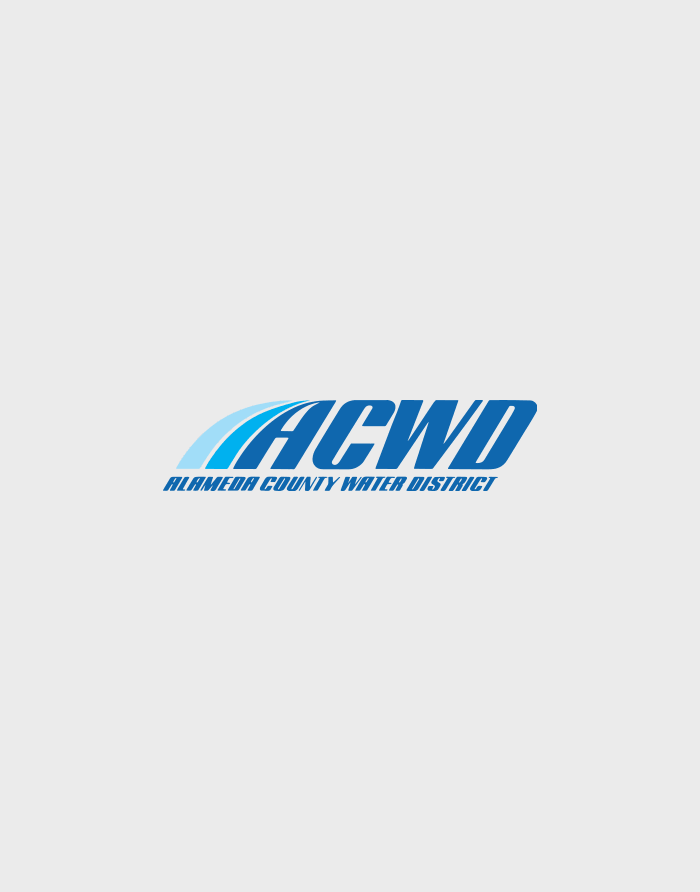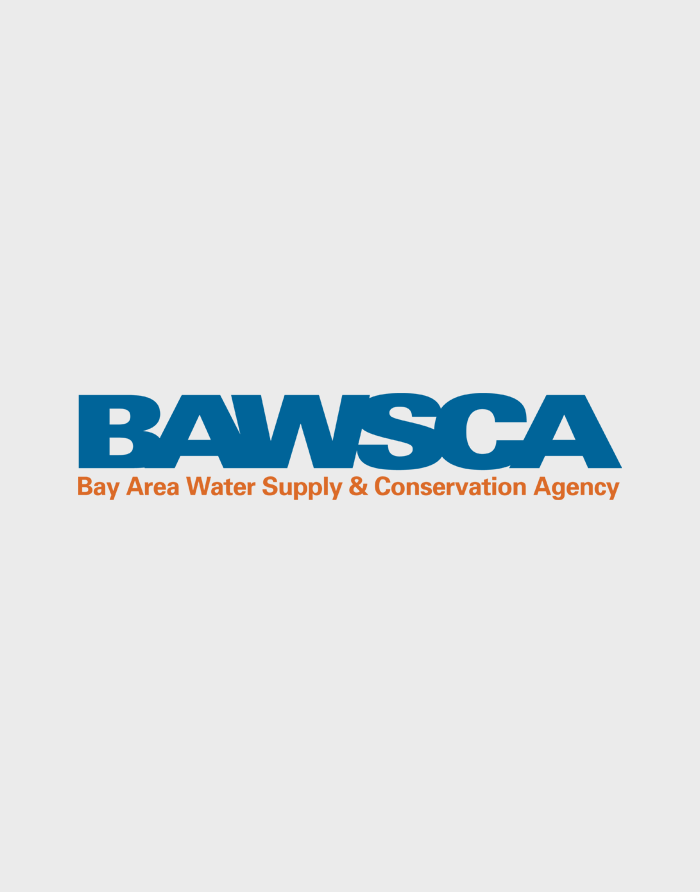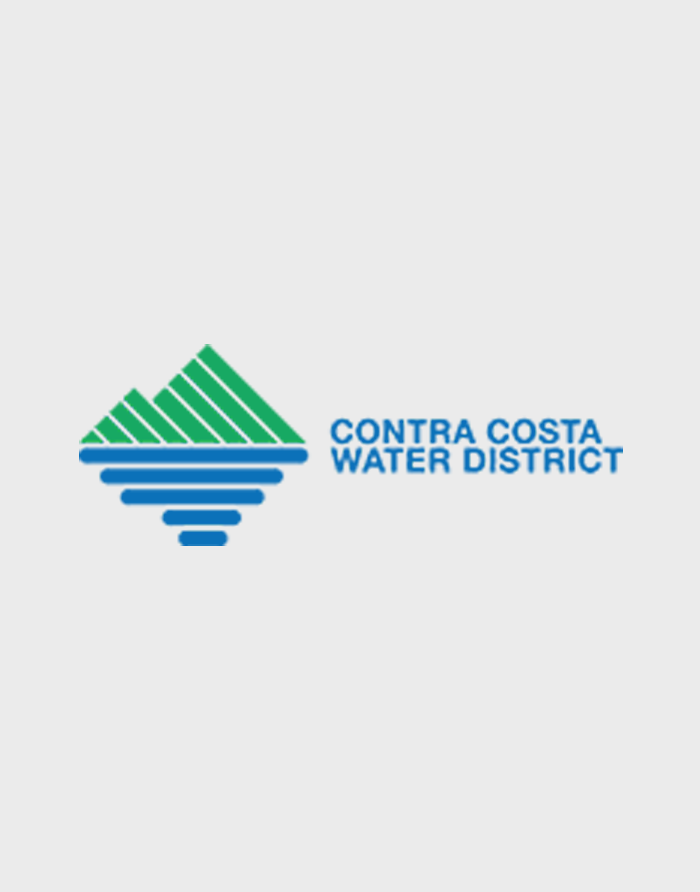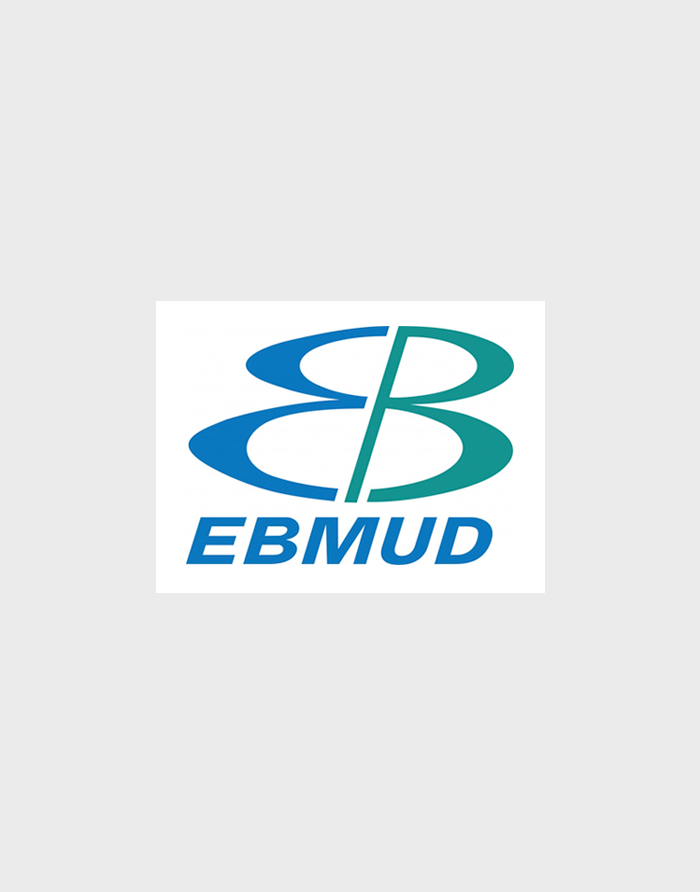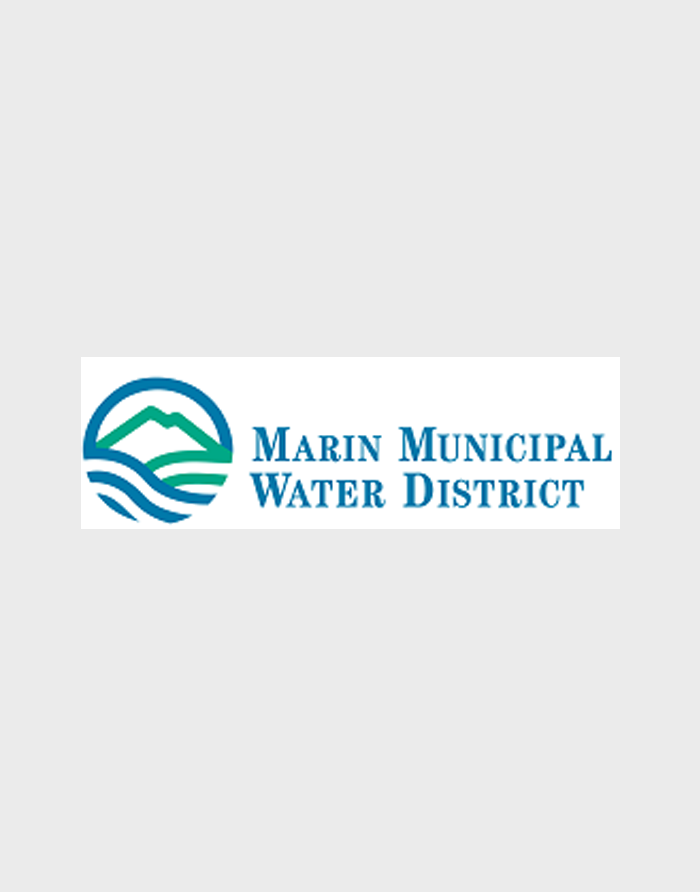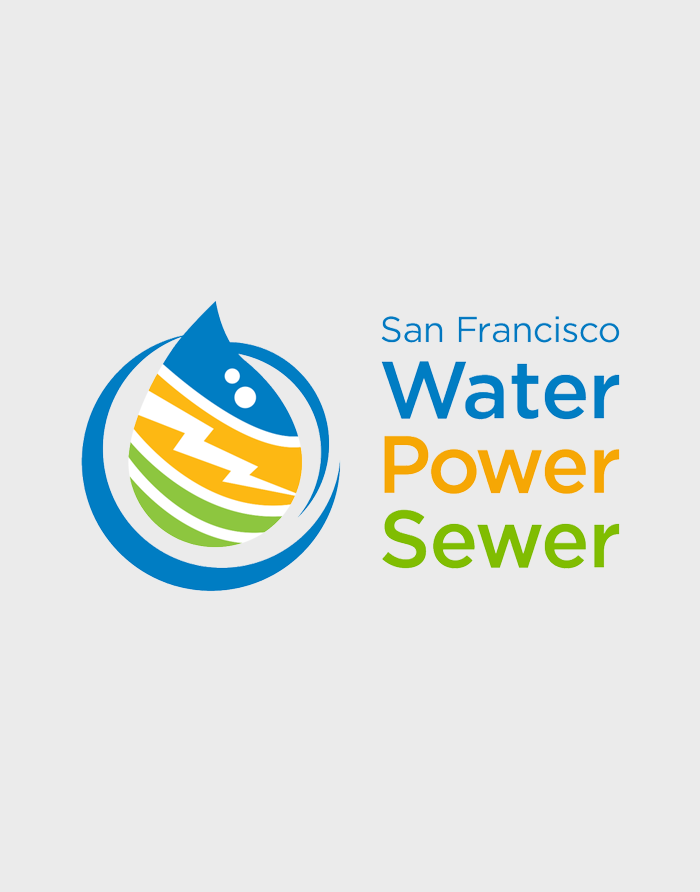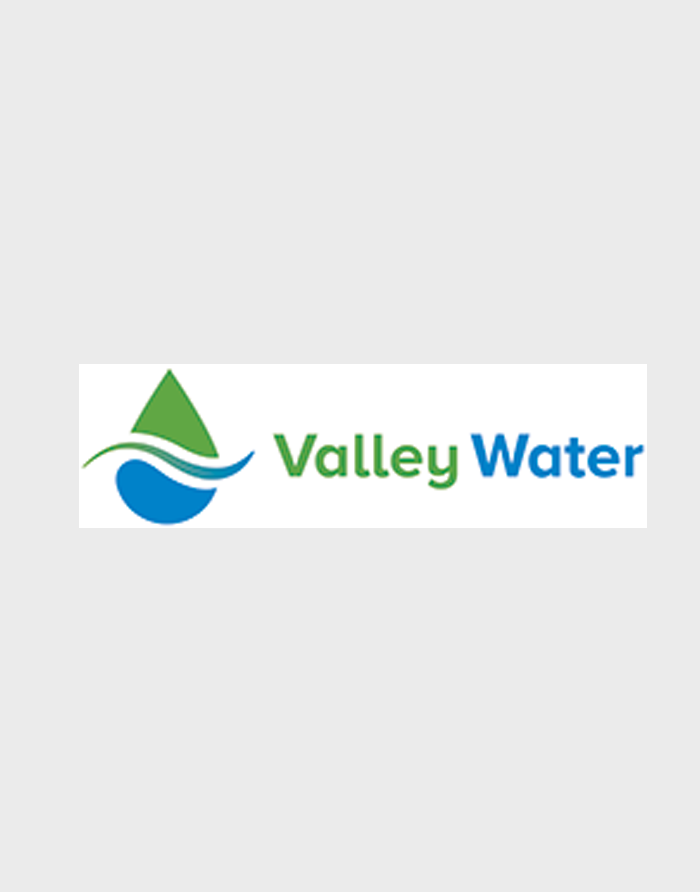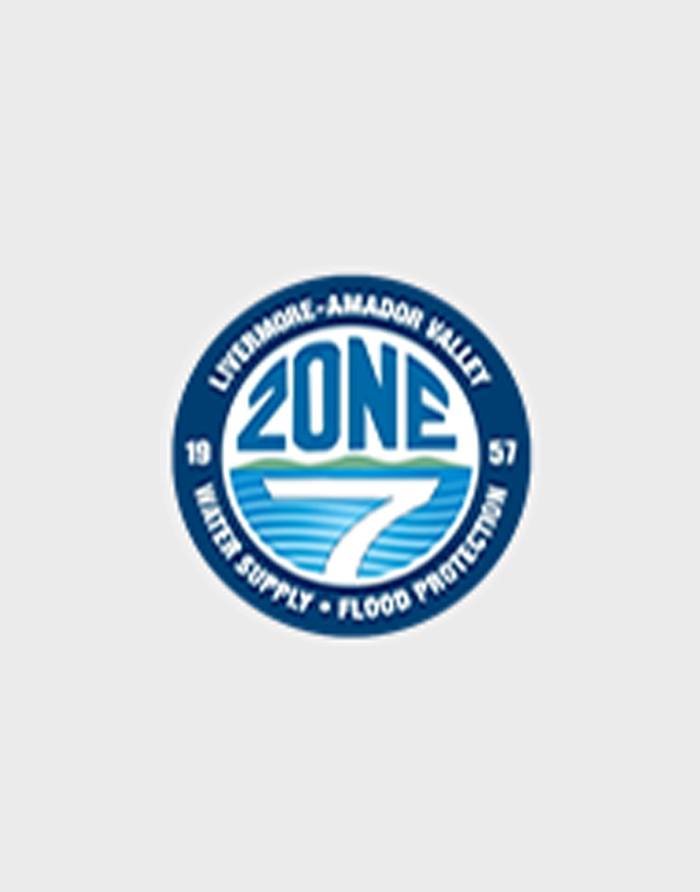1. What is BARR?
Bay Area Regional Reliability, BARR, is a partnership of eight Bay Area water agencies to address water supply reliability concerns and drought preparedness on a mutually-beneficial and regionally-focused basis. The BARR Partners consist of Alameda County Water District (ACWD), Bay Area Water Supply and Conservation Agency (BAWSCA), Contra Costa Water District (CCWD), East Bay Municipal Utility District (EBMUD), Marin Municipal Water District (MMWD), San Francisco Public Utilities Commission (SFPUC), Santa Clara Valley Water District (Valley Water), and Zone 7 Water Agency (Zone 7). After adopting principles in 2014 to guide the partnership, the agencies executed a Memorandum of Agreement in 2015.
The BARR Partners collaboratively developed a Regional Drought Contingency Plan (DCP) to approach drought mitigation and response from a regional, integrated perspective. The BARR DCP assesses the vulnerability of the region’s critical water resources and identifies strategies to improve regional reliability and resilience.
2. What is SWAP?
One of the drought mitigation measures identified in the DCP is the development of a Bay Area Shared Water Access Program (SWAP)1. The objective of SWAP is to define the process for how Bay Area water agencies could secure and exchange/transfer existing and supplemental water supplies. The project will identify and attempt to resolve barriers to moving different types of water through the region, resulting in the development of a Bay Area SWAP Strategy Report (Strategy Report) that outlines a process (roadmap) and implementation considerations to facilitate future transfers and exchanges. The resulting findings and framework could also be expanded in the future to foster the development and interagency use of new regional supply investments (e.g., potable reuse).
3. How are water supply resilience and reliability defined for the BARR DCP and SWAP?
Reliability: The ability to consistently meet water demands across a full range of climatic conditions and during catastrophic events with three key strategies:
1. Demand management
2. Supply diversification
3. Infrastructure and system reliability improvements
Resilience: The focus of the BARR DCP and SWAP has been primarily on drought resilience, though many BARR efforts address other aspects of resilience (e.g., seismic or other disruptive events). Drought resilience is defined as capacity of a community to cope with and respond to drought.
4. What is the difference between water transfers and exchanges? And what is “water wheeling”?
The term water transfer refers to the one-way arrangement, either the physical movement or reallocation of a specified amount of water supply from one user to another.
A water exchange is similar to a transfer, excepting that an exchange is a two-way arrangement where the negotiated amount of water supply is either replaced by another supply source or returned at a later date. Depending on negotiated terms of the exchange agreement, the amount of supply returned at a later time may differ from the original volume (e.g., exchanges between dry and wet years).
Water wheeling refers to use of one agency’s system to convey supply on behalf of another agency.
5. Does SWAP consider how macro benefits outweigh individual agency costs?
One of BARR’s guiding principles is betterment for the public in a manner that does not adversely affect any agency. The roadmap developed for SWAP will also strive to achieve this principle.
6. Does the program consider multiple benefits for future projects, especially public benefits?2
The intent is to outline a process to facilitate transfers and exchanges. Based on feedback from the Task Force, the BARR Partner Agencies are looking at ways of including evaluation of multiple benefits, including public benefits, into the roadmap.
7. What are examples of opportunities within SWAP to consider co-benefits (e.g., environmental benefits and enhancing drought resilience)?
Based on feedback from the Task Force, the BARR Partners are reviewing opportunities for co-benefits. Generally, co-benefits could be achieved during a transfer or exchange by linking timing and quantities to match in-stream flow needs or by increasing access to and using existing state-of-the-art infrastructure (e.g., fish screens) that better protect the environment.
8. Does the program have quantifiable, regional goals for strategic investments?
BARR Partners have prepared individual strategic plans to establish priorities and guide each agency’s respective response to future challenges. Each BARR Partner’s planning process identifies the goal to work collaboratively at a regional level to help achieve water supply reliability during droughts and emergencies. While each agency has quantifiable goals for long-term water supply, a regional goal for strategic investments has not yet been developed and is not part of SWAP.
9. Does the program reduce reliance on the Delta?
Future SWAP transfers or exchanges could be independent of each other, and therefore, the effect on Delta reliance would be on a case-by-case basis. For example, in cases that move water through the Delta, there may be no reduction in Delta reliance, but in cases that do not move water through the Delta, there could be a reduction in dry years in the reliance on the Delta for each of the water agencies involved.
10. How does SWAP consider areas of local need (e.g., to avoid a repeat of East Palo Alto where a building moratorium was put into place because of not enough water)?
The BARR Partner Agencies endeavor to consider the areas of local need within their respective service areas, but this is beyond the scope of SWAP.
11. Does the program consider equity?
The BARR Partner Agencies strive to keep water rates equitable and reasonable for their customers. Each agency is addressing equity within their respective service areas, and therefore, equity considerations are beyond the scope of SWAP.
12. Does the program consider the expected continued decline of Bay Area urban water use?
Future urban water use (i.e., water demand) considerations are evaluated in other ongoing efforts (e.g., current efforts to update individual agencies’ Urban Water Management Plans or UWMPs). The BARR agencies will consider whether the updated demand projections from their 2020 UWMPs, which will be available by July 2021, could affect future SWAP transfers and exchanges and the other planned mitigation measures in the BARR DCP that were identified to improve regional water supply reliability and resilience to drought3,4.
13. Has a regional risk assessment been performed, including identifying redundancies and weakest links?
A region-wide risk assessment was performed in the DCP to assess the vulnerability of regional drought supplies as projected for the third consecutive dry year conditions. BARR Partner Agencies are also currently updating their UWMPs, which will include a five-year drought risk assessment that examines shortage risks for the next five or more consecutive years, based on historical drought hydrology, plausible climate and regulatory changes, and water demand projections. UWMPs also
review other vulnerabilities to the water supply system, including catastrophic interruptions from events such as earthquakes, flooding or wildfires.
14. How were the SWAP pilot projects selected and was a weighted score card system used to select them?
An important part of developing the practices and guidelines for SWAP is to pilot test interagency exchanges/transfers to gain information on operational impacts, water quality issues, and governance and institutional considerations. The SWAP pilots were selected using criteria that fell under four main categories:
- Technical and operational (e.g., supply pathways and capacities, seasons and conditions, and water quality compatibility)
- Political and institutional (e.g., willing sellers and buyers, and institutional agreements)
- Legal and environmental (e.g., environmental reviews, water rights, State and Federal agreements)
- Economic (e.g., cost of water, operations and maintenance costs)
A score of 1 (low), 2 (medium), or 3 (high) for each criterion was assigned to each potential pilot based on a qualitative assessment of benefits and challenges of implementation. A weighted system is not currently being used, but based on Task Force input, may be considered in the future.
15. Has an adaptive pathways / decision tree approach been considered to guide how transfers and exchanges can be conducted?
The intent is to develop a strategy/roadmap to facilitate transfers and exchanges. Based on feedback from the Task Force, the BARR Partner Agencies are looking into the merits of including an adaptive pathway/decision tree approach in the roadmap.
16. Has modeling at the regional level been conducted?
Regional level modeling is beyond the scope of SWAP, but may be considered in a future phase of the BARR program.
17. Do the BARR Partner Agencies have a regional accounting system for alternative supplies5?
The BARR Partner Agencies individually consider alternative supplies based on their projected needs. Each agency provides information on projected quantities of their alternative water supplies in their respective UWMPs, which are currently being updated and will be available by July 2021.
1Identified in the BARR DCP as the “Bay Area Regional Water Market (Transfers/Exchanges) Program”
2The BARR Partners are considering public benefits identified by the Water Storage Investment Program (WSIP) for funding which may include water quality improvements, flood control benefits, emergency response, recreational purposes, and ecosystem improvements.
3In the BARR DCP, the BARR agencies anticipated that their collective municipal and industrial demands for potable water will grow by 18% or less from 1995 to 2035 when considering demand projections from the 2015 UWMPs.
4Long-term water use efficiency is a fundamental component of BARR agencies’ water management, regardless of hydrologic conditions. When properly designed and implemented, water use efficiency programs result in sustainable potable demand offsets that support the economy, environment, and communities.
5Alternative supplies, as defined by the California Department of Water Resources, include recycled water, desalinated water, stormwater, and graywater.
